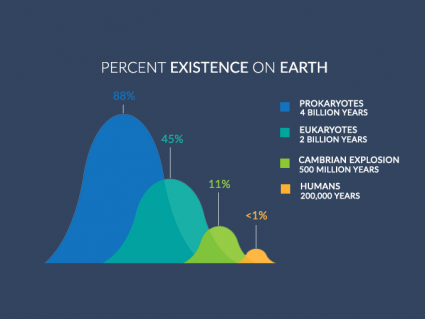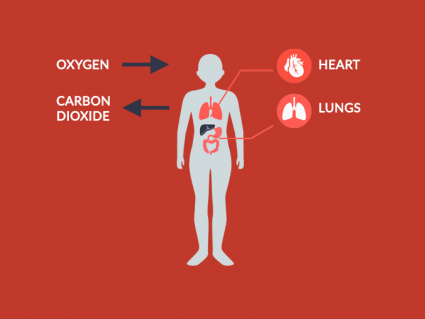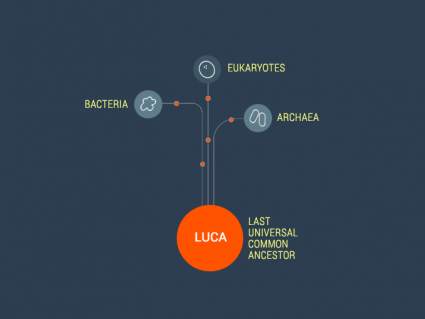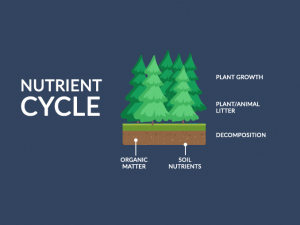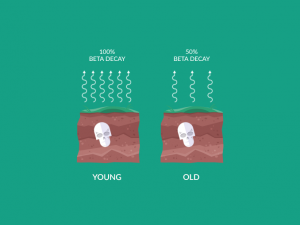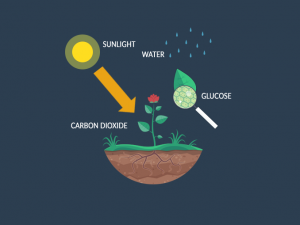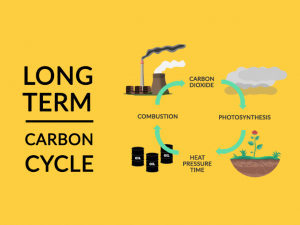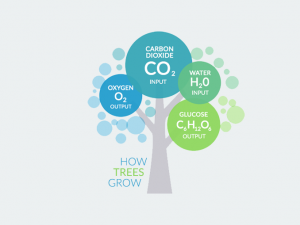What is the Largest Desert in the World?
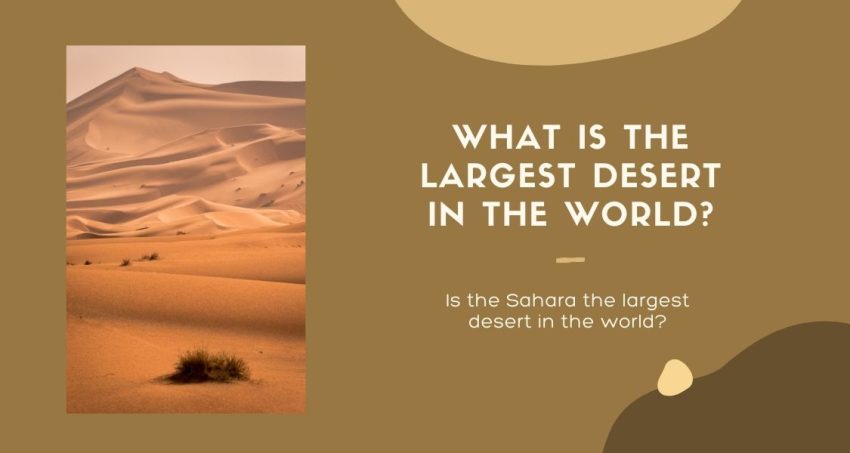
The world’s largest desert
Deserts are fascinating places, known for their extreme conditions. While many think of them as hot, sandy landscapes, the largest desert in the world is actually the cold, icy expanse of Antarctica. Covering about 14 million square kilometers, it’s the coldest place on Earth.
On the other hand, the Sahara Desert, famous for its scorching heat, is the largest hot desert. It spans across North Africa, covering about 9.2 million square kilometers. Both deserts, though wildly different in temperature, share a common trait – very little rainfall.
How big is the biggest desert?
The biggest desert in the world is Antarctica, covering about 14 million square kilometers. It’s a cold desert, with temperatures dropping below -60°C (-76°F). Antarctica is larger than Europe and almost double the size of Australia.
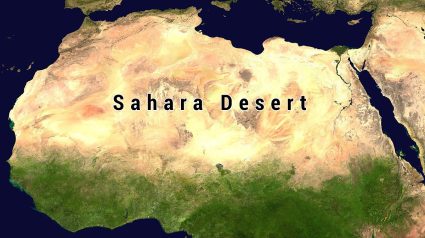
The Arctic Desert is the second largest, spanning approximately 13.2 million square kilometers. It encircles the Arctic Ocean, covering parts of Canada, Greenland, Russia, and more. Despite the cold, both Antarctica and the Arctic have unique ecosystems.
The Sahara Desert, the largest hot desert, stretches over 9.2 million square kilometers across North Africa. Interestingly, despite its heat, the Sahara has snowfall on its highest peaks.
List of the largest deserts
Where is the largest desert in the world located? This list of the largest deserts in the world provides you with the area of each desert.
| Desert Name | Area (square kilometers) |
|---|---|
| Antarctic Desert | 14,000,000 |
| Arctic Desert | 13,200,000 |
| Sahara Desert | 9,200,000 |
| Great Australian Desert | 2,700,000 |
| Arabian Desert | 2,330,000 |
| Gobi Desert | 1,295,000 |
| Kalahari Desert | 900,000 |
| Patagonian Desert | 620,000 |
| Syrian Desert | 520,000 |
| Great Basin Desert | 492,000 |
As you can see, Antarctica and the Arctic top the last in the polar regions. After this, you’ll find mostly deserts in subtropical regions around the world.
What causes desert conditions?
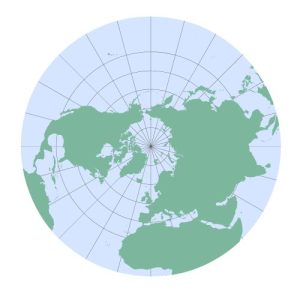
Several factors cause desert conditions. First, high pressure systems play a big role. They push air downward, warming it and preventing cloud formation. This leads to very little rain. For example, the Sahara Desert’s dry conditions are largely due to a subtropical high pressure system.
Deserts often form in the rain shadow of mountains. Here, mountains block the passage of rain-producing weather systems. The Great Basin Desert in the U.S. is an example, formed in the rain shadow of the Sierra Nevada mountains.
Distance from the sea also contributes. Areas far from the sea have less moisture in the air. Cold ocean currents can cool the air, reducing its ability to hold moisture. This happens along some coastal deserts. The Earth’s air circulation patterns affect where deserts form too.
What is the biggest desert in the world?
While the largest hot desert in the world is the Sahara, Antarctica is the world’s coldest and biggest desert overall.
The Sahara spans over 9.2 million square kilometers across North Africa. It’s known for its extreme heat and vast sand dunes.
In contrast, Antarctica covers about 14 million square kilometers. It’s characterized by its icy landscape and frigid temperatures.
Despite their differences, both deserts share a common feature. They both have minimal precipitation, making them the largest deserts in their ecosystems.



